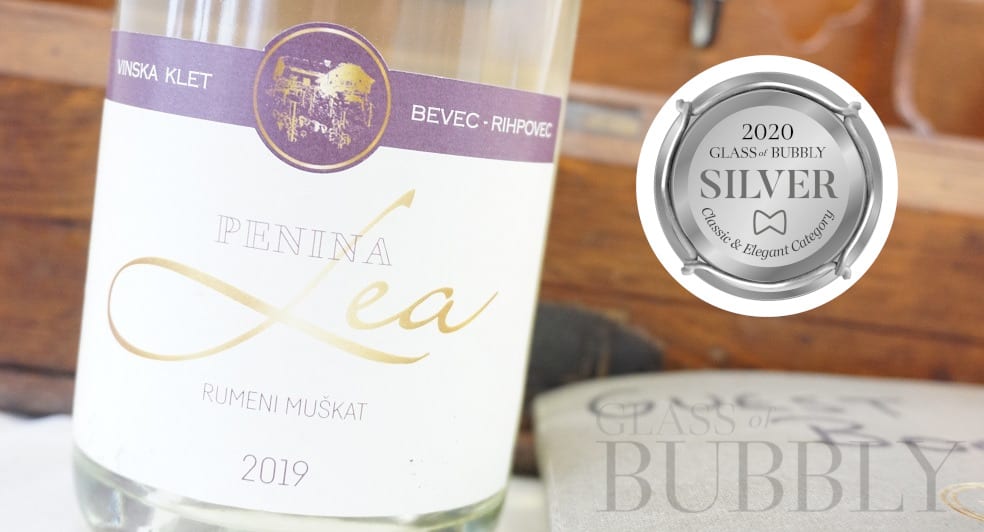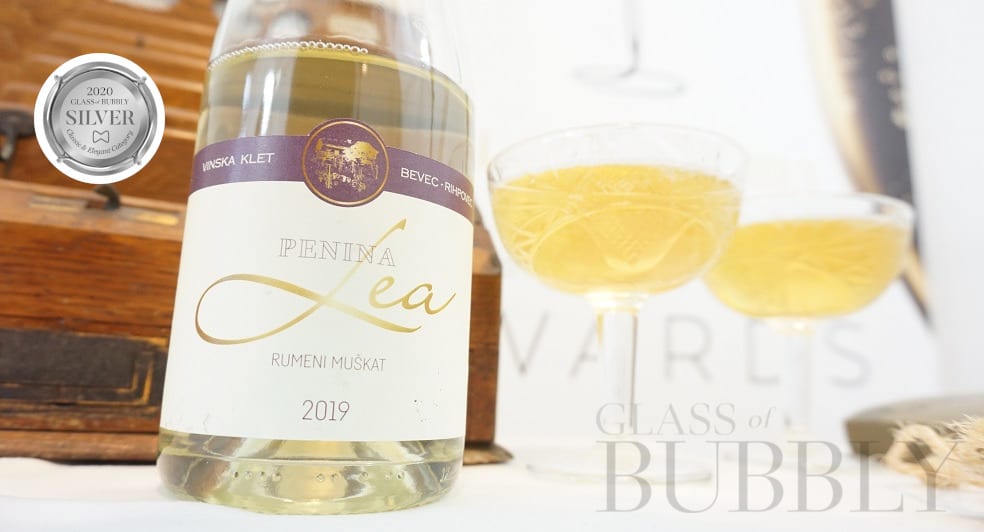Muskat & Brandy Fizz Cocktail
21st April 2021

The Muskat grape is one with a sweet touch, it is enjoyed in wines and sparkling wines across the world and it’s about to be enjoyed here.
There are over 200 different grape varieties in the Muskat family, they can range in colours from white, yellow, pink and black, most of the Muskat grapes will have a sweet floral aroma.
The Muskat or Muscat grape, otherwise known as Moscato in Italy or Moscatel in Spain and Portugal has a few theories as to where it originates from, with the earliest being in ancient Egypt or Persian times (c. 3000-1000 BC) whereas a French author and ampelographer (studies grape varieties) Pierre Galet believes that they could have first been propagated by the Romans or Greeks somewhere between c. 800 BC to 600 AD.
Although Egypt and Persia has a long history in winemaking, it is Columella (born in Spain, died in Rome 70 AD) and Pliny the Elder (Roman, died 79 AD) two writers that describe a grape which could be seen as a Muskat type grape with its sweetness that is attractive to bees, but it is not confirmed that these were part of the Muskat family.
When it comes to the first time the Muskat grape appears on record, it was English Franciscan scholar Bartholomeus Anglicus who wrote about the Muskat grape in his work, De proprietatibus rerum which he wrote between 1230 and 1240, he described a wine as “vin extrait de raisins muscats”.
What’s in a Name?
The are plenty of theories as to how the Muskat/Muscat grape got its name, it could have come from the Greek word ‘moskos’, the Persian word ‘muchk’ the French word ‘musc’, the Latin word ‘muscus’ or the Italian word ‘mosca’.
There is also a possibility that the grape originated from Oman, a county in the middle east and was named after the capital city ‘Muscat’ or the Greek city of Moschato or how about the southwest of Athens in Attica with Moschato, this was just a long-winded way of saying, we don’t know how the Muskat grape got its name, but we can enjoy the mystery of it over a glass of this sweet sparkling wine.
The Sparkling Wine – Jože Bevec

This is a 2019 Slovenian Sparkling Wine from Jože Bevec, which used the Muskat grape and won a silver medal in the Classic & Elegant category, as a sweet wine it could have very easily been put in the dessert category, but after tasting this you will see that this sweet dessert taste is to be enjoyed at high-end fancy events, so worthy of its place in the Classic & Elegant category for its delicacy and fine combination of flavours.
Jože Bevec – Lea Penina Rumeni Muskat 2019 Tasting Notes
Aroma – “Wet stones and hints of yellow fruits on the aroma.”
Flavour – “As expected from a Muskat Sparkling Wine, a sweet taste, almost like lemon sherbert, touch silky smooth with a yellow citrus finish.”
This Slovenian Sparkling Wine Won a Silver Medal in the Classic & Elegant Category at The World’s Finest Glass of Bubbly Awards 2020.
The Cocktail

Ingredients
- A Muskat Sparkling Wine (Jože Bevec)
- Brandy
- Honey
How To Make
- Spread some Honey around the inside of your glass by using the back of a small spoon.
- Pour in 15mls of Brandy.
- Then top up with your Muskat Sparkling Wine, 100mls to 150mls, the more you put in the sweeter it will taste.
Aroma – “Brandy & honey aromas.”
Flavour – “Sweet elegant fizz with the brandy and honey combining perfectly to knock the strength of the brandy without comprising on the flavour, the sparkling wine helps to extend the sweetness in the mouth long after you take a sip, you get light toasted bread and biscuits and hints of yellow fruits.”
![]()
Oliver Walkey
Champagne and Sparkling Wine Writer, Focused on Bringing the Exciting and Fascinating World of Bubbly to You.
